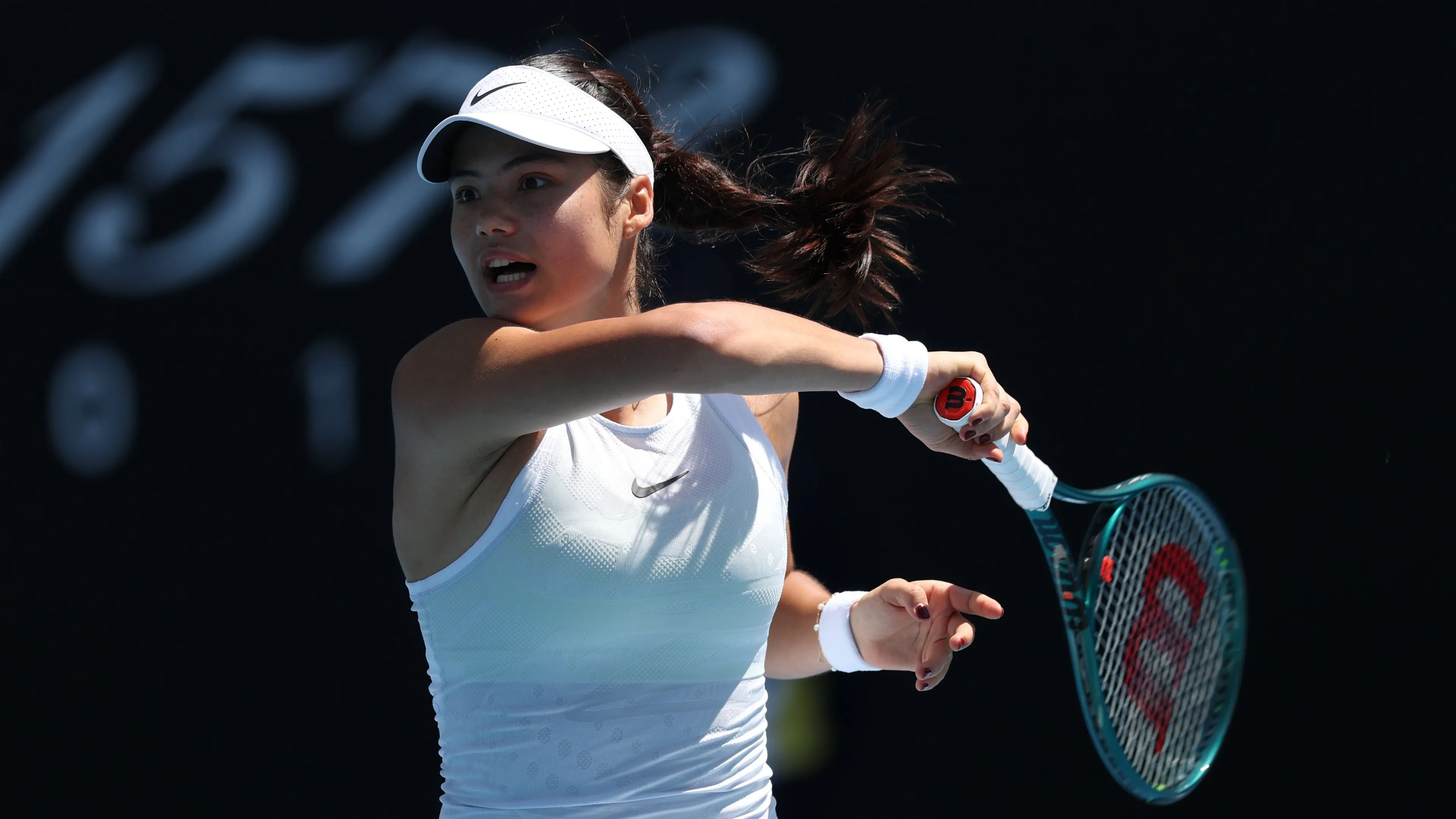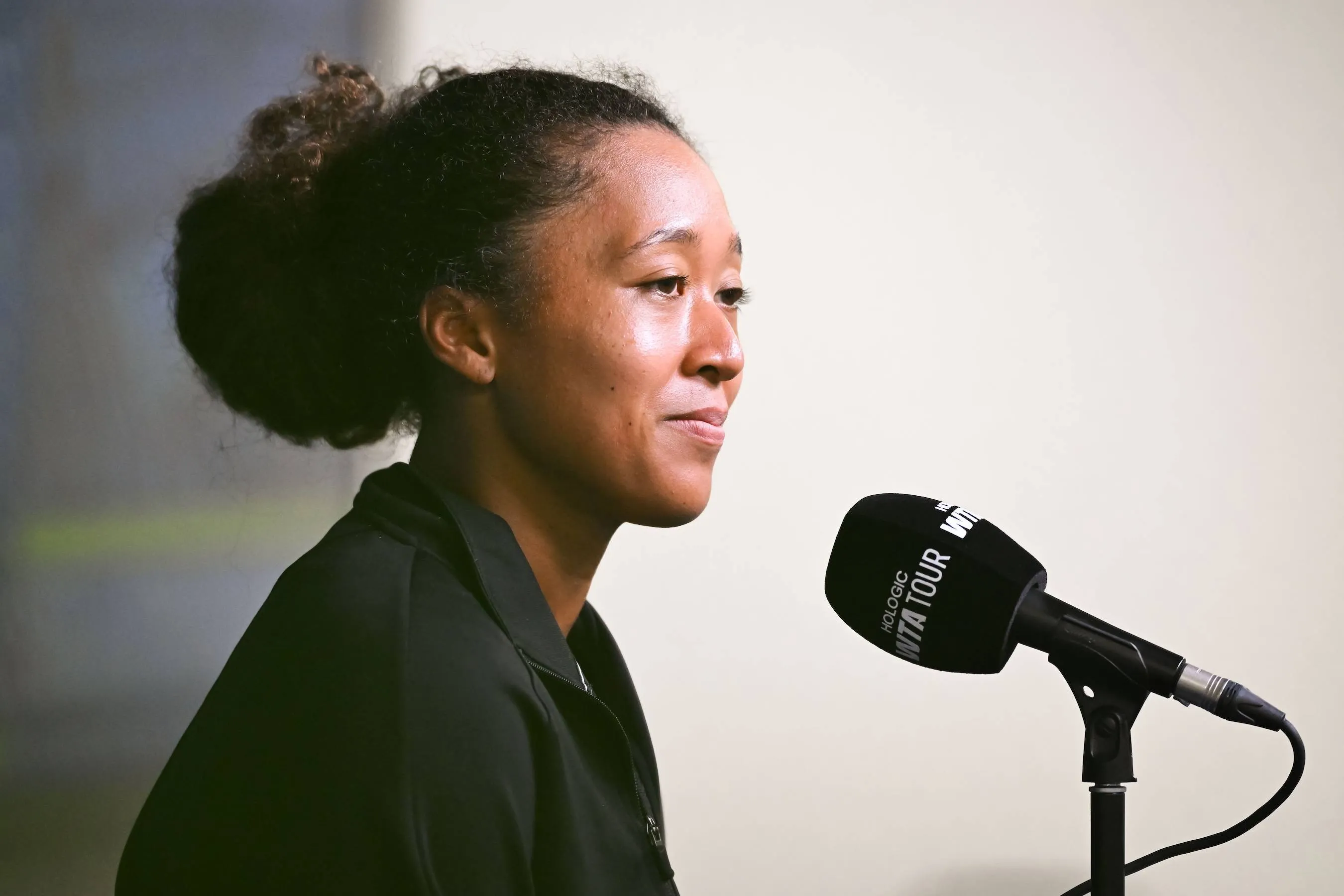How to Become a Tennis Player: ATP and WTA Entry Routes
ATP & WTAThursday, 31 August 2023 at 08:03
Updated at Thursday, 31 August 2023 at 16:33

All current professionals would have learnt how to become a tennis player at some stage in their childhood.
Generally, most tennis pros pick up a racket from a young age and enjoy the sport enough to try and make a career. While professional tennis players might make it seem easy, breaking into the elite level is a long, hard road.
Like most top-level sports, tennis is super competitive, and thousands of great players battle for a few professional spots. But that's not to say it is not an achievable target.
Read also
How to Become a Tennis Player:
There are several ways aspiring players can start their journey to become a tennis professional. The most common starting point is for players to join a local or regional club. Here, players can utilise facilities like different court surfaces, rackets, clothing, balls and gain access to high-level coaching.
Moreover, professional tennis clubs often run or participate in local or regional competitions. Ultimately, players who compete in organised competitions gain exposure to higher-quality opponents and improve their match experience.
Another entry point for how to become a professional tennis player is to get involved in a college or university team. Several high-profile men's players launched their careers at US colleges.
For example, John Isner attended the University of Georgia and won 32 of 32 matches played at this level. In 2007, Isner joined the Association of Tennis Professionals (ATP) tour and played for 17 years before announcing his recent retirement.
Playing at college also gives developing players national exposure to stronger opponents. Often, players will compete in tournaments against the best opposition from rival schools or colleges nationwide.
Turning Pro:
The next step in how to become a tennis player is potentially the biggest challenge. When a player is ready to turn professional, they must apply to play in ATP or Women's Tennis Association (WTA) events.
These are the two governing bodies for men's and women's professional tennis that organise tournaments where players can gain ranking points. Any player can register and apply for entry into ATP and WTA-organised competitions. But players must earn enough ranking points to enter the official standings for men's and women's tennis.
For instance, players in the WTA must get at least 10 ranking points from a singles or doubles event to remain in the standings. If players do not sustain enough points per year, they will be removed from the rankings and could lose professional status.
Depending on the level of the ATP or WTA event, players can get a different number of points. Usually, entry-level players will start at ITF competitions, which offer as few as ten points.
To gain entry into higher points competitions, players must be ranked higher up the standings. For example, the top 104 ATP and WTA players can enter into the four Grand Slams each season. Moreover, the Grand Slam winner gets 2000 ranking points, which can move someone up multiple places in the standings.
Is it Easy to Become a Pro Tennis Player?
Generally, becoming a professional tennis player and remaining in the ATP or WTA rankings is a long-term commitment. Players spend most of their youth, teenage and early adult years forming a career in tennis. Some even stay in the game after retirement to get into coaching, punditry or ambassadorial roles.
In addition, there is only one route on how to become a tennis player, which is through the ATP or WTA governing bodies. There are no alternative entry points onto the rankings and being part of these organisations is how players make money and forge a career.
Progressing from low points ITF events up to the elite level of Grand Slams is a long road. But the best of the best often prove that commitment, dedication and regular practice can carve a route to the very top of the game.
Read also
Loading








